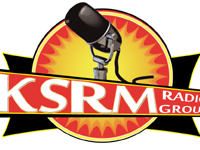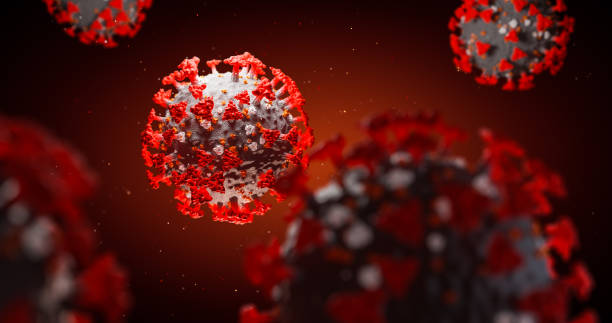The state Department of Health and Social Services says there’s another large uptick in COVID-19 cases in Alaska from January 3rd to January 4th as 1,597 new cases have been reported. To compare, near the end of December, the DHSS was reporting just over 200 cases for a two-day period. In addition, there were twelve new resident hospitalizations, no new Alaska resident deaths, and no new nonresident deaths reported.
There are currently 56 patients diagnosed with COVID-19 who are hospitalized and five additional patients who are considered persons under investigation for a total of 61 current COVID-related hospitalizations. Eleven of these patients are on ventilators. The percentage of patients currently hospitalized with COVID-19 is 4.7%. The average percentage of daily positive tests for the previous seven days is 14.67%.
The current statewide alert level – based on the reported number of cases per 100,000 people over the past seven days – is high (red) at 583.3. To compare, on December 22nd, the statewide alert level was high (red) at 143.4 cases per 100,000. For boroughs and census areas: 25 areas are currently at the high alert level.
State Epidemiologist, Dr. Joe McLaughlin in a COVID-19 science ECHO on Wednesday said:
“The United States is currently experiencing a steep rise in cases due to the Omicron variant. CDC reported out on Monday, roughly 80% increase in cases over the last seven days. They reported out yesterday that they are estimating that about 95% of those cases are likely to be Omicron cases. One of the things that is notable about the current wave is that a higher proportion of the positive cases that we’re seeing appear to be in children than we’re typically used to seeing. Maybe it’s not so much as true cases as it is actually with hospital admissions. You can see that hospital admissions are blowing up in all age groups and the bottom line there, the yellow line, is hospitalizations among children aged 0 to 17 years. The rate is actually as high as we’ve seen throughout the pandemic.”
The DHSS does, however, say that protective measures against the Omicron variant remain the same as for the other COVID variants. That includes layering protective measures, such as masking, handwashing, physical distancing, and testing to help reduce transmission of the virus.

